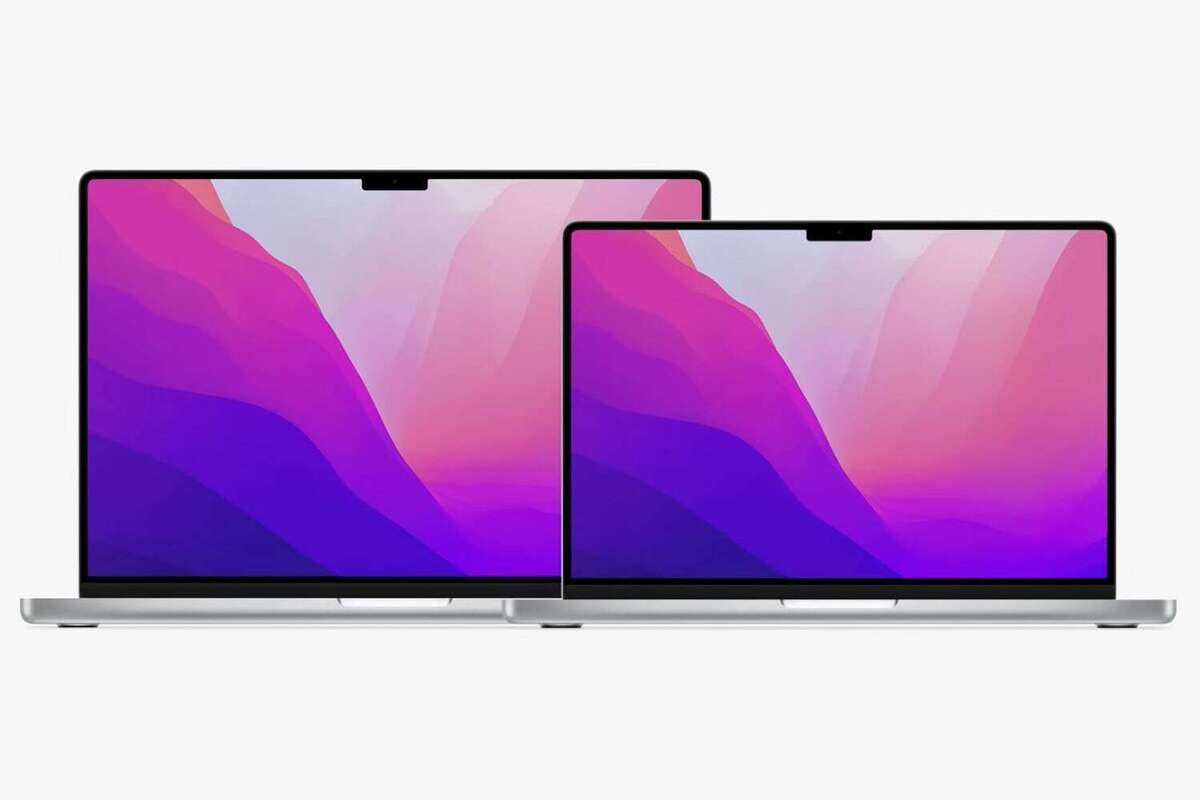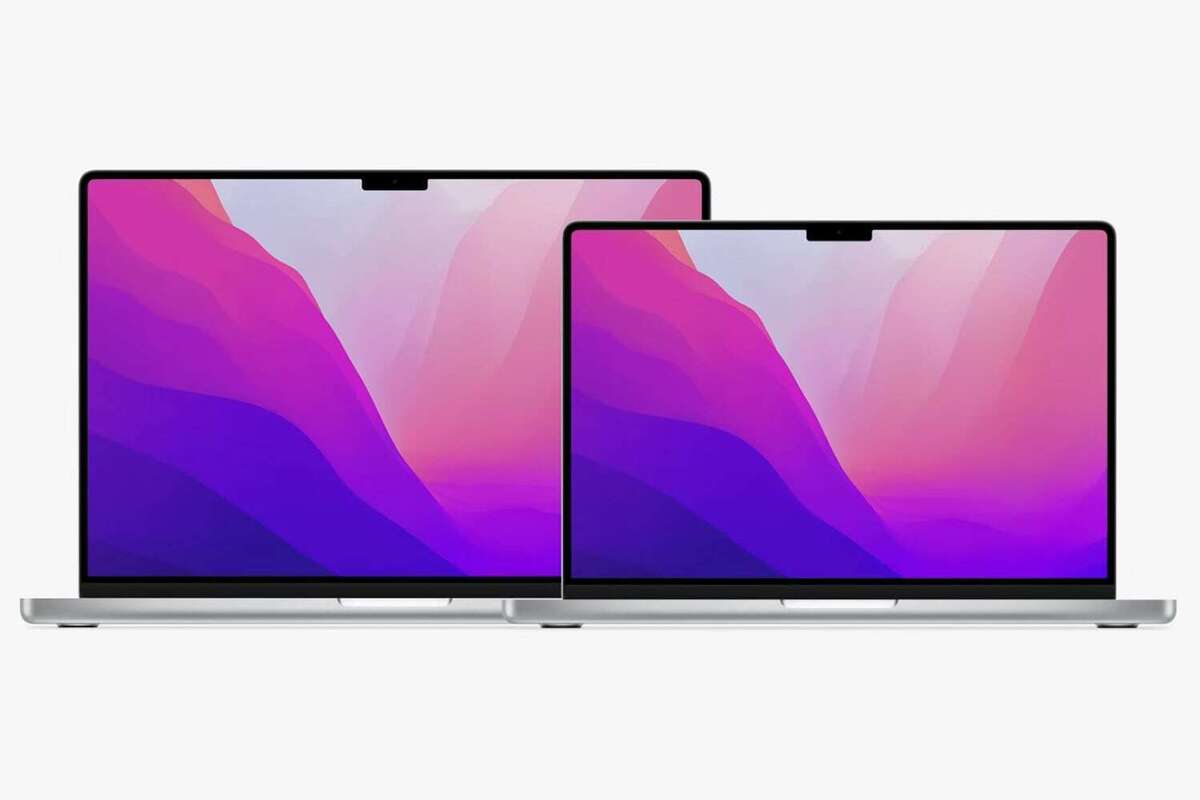
Apple posted record Q1 FY22 revenues yesterday, with growth everywhere — and big claims about the Mac. Apple developers from Adobe to Omni agree: Apple Silicon Macs have become the computer of choice to get work done.
Apple Silicon has set Mac sales records
I won’t recap Apple’s financial news because you can read the press release, check out the fiscal call transcript and study the post-event analysis that’s already begun.
A taste of the highlights:
Apple revenue hit an eye-watering $123.9 billion. Services revenue reached $19.5 billion and Apple now has over 785 million paid subscriptions. iPhone sales spiked. And Mac sales reached an all-time revenue record of $10.9 billion, up 25% — driven by Apple’s transition to Apple Silicon and turning the platform into the fastest-growing part of the business.
The years in which Apple neglected the Mac platform are clearly over. Now, it’s simply scooping up new users across the enterprise.
But what does this mean for pro users?
Does Apple Silicon deliver on the hype?
Where are we at just over one year into the Apple Silicon transition? To find out, I spoke with developers from across the industry, including Adobe, Bare Bones Software, Readdle, MacPaw, Setapp, Omni Group, and Steinberg.
Bryan O’Neil Hughes, Adobe’s director of product management, says Apple’s Mac processors live up to their promise. “We’ve seen extremely impressive results across our native applications, from launch through workflow,” he said. “These gains are even more profound in workflows [that] rely heavily upon the deep integration with Apple Silicon (imaging and video are great examples of large files which push these new machines to their limits).”
O’Neil Hughes noted that migrating applications to Apple’s Mac chips was made easier through Adobe’s previous work on iOS and iPadOS. He particularly wanted to note how the on-chip Neural Engine brings big gains to Sensei/machine-learning tasks in Adobe applications. “Many of these routines operate in near real-time, in native Apple Silicon builds,” he exclaimed.
A common chip architecture delivers real benefits to developers who can leverage gains made on one configuration across all the platforms, he says.
Rich Siegel, founder and CEO of Bare Bones Software, is a 33-year veteran of Mac development. He’s made multiple transitions with Apple, starting with the move to PowerPC, then Mac OS X, and now Apple Silicon.
On the latter, he says: “It’s a huge leap in performance compared to the Intel hardware I had previously been using.”
BBEdit will exploit this performance to boost productivity and to enable new experiences, thanks to the combination of faster processors, memory, and GPU power.
What’s it like as a developer? Siegel himself has seen significant improvement in his own experience. BBEdit is a highly functional and mature application with a large code base, which means it leans heavily on system performance for Xcode development and testing. “Across the board, I’m seeing most common tasks getting done in half the time they required before, or less,” he said.
Ken Case, co-founder and CEO of the Omni Group, seems happy with Apple Silicon, telling me, “Apple’s new M1-powered Macs have exceeded my expectations. I replaced my desktop with an M1 Mac mini the day I could get my hands on it; and despite the reduced memory available in those first M1s, I immediately experienced the benefit of apps building twice as fast as they were building before.
“I upgraded my laptop to an M1 MacBook Air, and experienced nearly the same performance benefits—while simultaneously gaining incredible efficiency in the form of battery life and reduced heat.”
He could work without fan noise and make it through a full day without charge. “Builds are nearly twice as fast than the fastest Intel Macs,” Case said. “We know this because we immediately ran tests when our first hardware arrived!”
Under-the-hood capability
Perhaps most consequential for any pro user, he said: “The M1’s unified memory architecture actually works. Surprisingly, for my workloads, an M1 with 16GB of RAM significantly outperforms my previous-generation hardware with 64GB of RAM.”
He’s now got an M1 Pro MacBook Pro with 32GB RAM, which means he’s running FreeBSD and Linux full time in VM while working in macOS. “If the hype was about dramatically improving performance and efficiency, I would say yes: Apple Silicon lived up to it and then some,” he said.
He should know. He first began developing for macOS when it was still called NEXTSTEP — and didn’t run on Macs.
MacPaw CTO Vira Tkachenko is also impressed: “Xcode xip unpacking is twice as fast on M1 MacBooks than on Intel.” Tasks that take 8 minutes and 54 seconds on a 2019 2.6GHz Intel MacBook Pro took just 4 minutes and 19 seconds on an M1 Max, 32GB MacBook Pro.
Readdle co-founder and CTO Andrian Budantsov agrees: “One year on. Apple Silicon is still probably the fastest and most energy-efficient consumer-grade CPU.”
“M1 has unleashed almost 2x performance improvements while using most of the “heavy” apps on Macs,” Budantsov said. “It feels great to use M1 powered Mac.”
Apple has created a ‘true beast’
But it’s not just the CPU, he notes. GPU and machine-learning enhancements supplement that performance gain, opening new opportunities for developers and users.
“We can expect to see Mac and iPad apps that do more ‘magic’ neural network processing,” he said. That includes things like high-quality image recognition, content editing/generation, and perhaps higher quality voice recognition, he said.
Steinberg also recently optimized its popular Dorico Pro app for Apple Silicon, which unleashed an impressive 2x performance gain. “Some editing operations are as much as twice as fast on Apple silicon than on in Intel-powered Macs,” the company said. “And with the improved energy efficiency of the new system architecture, users will be making music for more hours on their MacBook Air or MacBook Pro between charges.”
Similarly, at Setapp, staff software engineer Vitalii Budnik offered up this: “By performance, M1 not only beats laptop-grade CPUs (that come with lower performance because they have to be more energy efficient) but even regular desktop CPUs. New Pro and Max beat the M1 performance, making them one of the best chips on the planet.”
“Apple created a true beast here,” Budnik said.
What next for Apple Silicon?
We can anticipate that Apple will increase the number of cores packed inside these chips. The company will certainly improve energy efficiency.
“Maybe iPhone will have its first M-series chip in a couple of years,” said Budnik.
Putting Apple’s work into context, Case notes that the new Mac chips also reflect a decade of progress made in terms of Apple’s own iPhone and iPad processor designs. “I expect we’ll continue to see the performance improve year over year at the same sort of rate we’ve seen in the past on their mobile devices, and I can’t wait to see where that takes us on the desktop, laptop, and servers,” said Case.
Looking forward, Siegel says: “At some point, I’m sure Apple will be looking to introduce (RAM and disk)-expandable machines with Apple Silicon, and that will of necessity change the chip design. I don’t expect that to matter much to most Mac users, though.”
We expect Apple will introduce an Apple Silicon-powered Mac Pro, probably this year. The processor(s) inside these systems will most likely be faster and even more performant for high-end tasks than before. (They might even outperform top-of-the-range Nvidia GPUs.)
“This might make the workstation attractive to machine-learning scientists and 3D artists,” said Budantsov.
“I can’t wait to see what they have in mind when they replace their current Mac Pro hardware lineup with Apple Silicon, where the power limitations of the laptop are no longer a consideration,” said Case.
Whisperings from developers at the cutting-edge of 3D began soon after the introduction of the first M1 Macs. That’s when OTOY introduced Octane X to the platform; as founder and CEO Jules Urbach said: “Octane X on macOS enables artists to harness the power of GPU-accelerated cinematic path-tracing across millions of Mac systems for the first time.”
We know the highest-end app developers are thinking the same thing. Which implies that there’s much more to come in Apple’s big Mac story.
The fast-moving migration
The speed of Apple’s migration to new processors means “we are moving very fast in terms of the many advantages to the user,” says Adobe’s O’Neil Hughes. “What I can tell you is that each update to the hardware shows significantly greater performance, and that means Adobe users are pushing large files further and moving more quickly throughout their work.”
Looking further ahead, he promised more Adobe apps would become native to Apple Silicon, saying: “For a creative user, a performant creative system means an uninterrupted creative flow – so the most exciting thing for Adobe is the ongoing convergence of hardware and software.
“Specific to Apple Silicon, even deeper integration of our many native titles and pushing updates to the last of our outstanding products (which currently run beautifully, if slightly hamstrung, in Rosetta 2) is the most exciting opportunity.”
The new chip architecture may also usher in some unexpected consequences. Take servers, for example: “We’ve started seeing cheaper server hosting costs in data centers — presumably because the M1 uses less power and requires less cooling,” said Omni Group’s Case.
Virtualization also seems a breeze. “We’ve already seen M1 ports of OpenBSD, FreeBSD, and Linux, which run great in VMs for server use. And if you need to run Intel software, it’s fast enough to emulate an Intel without breaking a sweat,” said Case.
Apple referred to some of the impacts of its Apple Silicon migration during its Jan. 27 fiscal call, when it told us Shopify is equipping its entire global workforce with M1-powered Macs and Deloitte Consulting is now offering up M1 MacBook Pros to employees.
The last six quarters for the Mac have been the top six revenue quarters for the platform of all time, in every region Apple does business. In some markets, six in 10 sales are to people new to the Mac.
Bolstered by customer feedback, boasting strong developer support, and surfing a wave of employee choice, there seems little reason for Apple’s M-powered Mac momentum to end.
Please follow me on Twitter, or join me in the AppleHolic’s bar & grill and Apple Discussions groups on MeWe.


